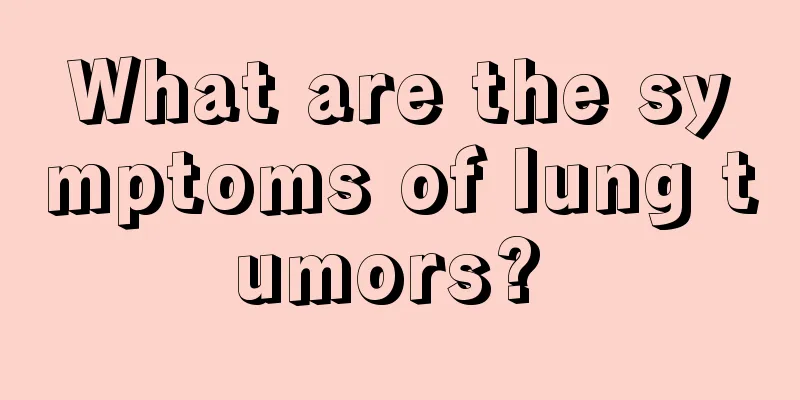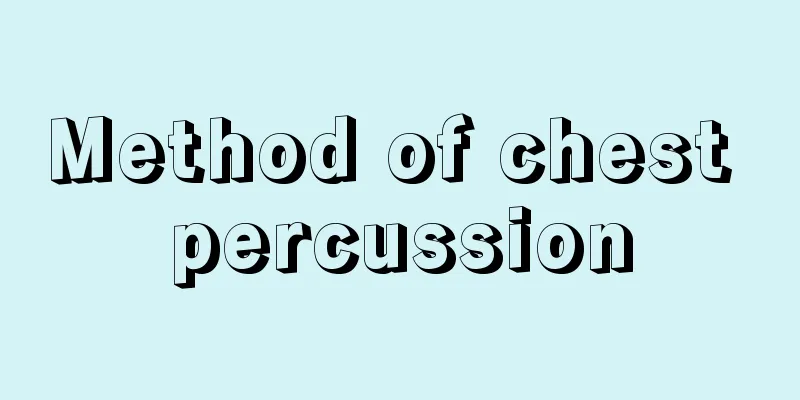What are the symptoms of frequent urination? Characteristics of frequent urination

|
There are many causes of frequent urination, of which inflammatory and non-inflammatory are the most common. Experts say that the symptoms of inflammatory frequent urination include urgency and pain when urinating, accompanied by fever; non-inflammatory frequent urination is manifested in an increase in the number of urinations, and there is no pain. 1. Clinical manifestations Non-inflammatory urinary frequency is characterized by increased frequency of urination but without pain. Under the stimulation of inflammation, frequent urination, urgency and pain often occur at the same time, and sometimes there may be fever. 2. Diagnosis 1. Physiological It is normal to urinate more frequently due to drinking too much water, being stressed or in cold weather. The characteristic is that the amount of urine each time is not small, and it is not accompanied by other symptoms such as frequent urination and urgency. 2. Pathological The following situations are common: (1) Polyuria: Frequent urination means the number of urination increases but the amount of urine each time is not small, and the total daily urine volume increases. Seen in diabetes, diabetes insipidus, psychogenic polydipsia and the polyuria phase of acute renal failure. (2) Inflammatory urinary frequency: Frequent urination with small amount of urine each time, often accompanied by urgency and pain when urinating. Inflammatory cells can be seen in urine microscopy. It is seen in cystitis, urethritis, prostatitis and paraurethral glanditis, etc. (3) Neurogenic urinary frequency: Frequent urination with small urine volume each time, without urgency or pain, and no inflammatory cells in urine microscopic examination. Seen in central and peripheral neuropathy such as hysteria and neurogenic bladder. (4) Frequent urination due to reduced bladder capacity is characterized by persistent frequent urination that is difficult to relieve with medication and results in small amounts of urine each time. It is seen in bladder space-occupying lesions; compression of the bladder by the enlarged uterus during pregnancy or ovarian cysts; and fibrous constriction of the bladder caused by bladder tuberculosis. (5) Lesions around the urethral opening: Urethral polyps, hymenal fimbriae and paraurethral gland cysts stimulate the urethral opening and cause frequent urination. |
<<: What are the early symptoms of urticaria?
>>: What is causing my lower back pain and leg numbness?
Recommend
How to make cypress seed pillow?
People spend a lot of time sleeping every day, an...
What's the matter with a small nipple growing next to the nipple
A small nipple growing next to the breast is actu...
What is the shelf life of milk storage bags?
Milk storage bags are also called breast milk pre...
What are the recipes for myeloma
According to the survey, there are many myeloma p...
How to relax your wrist when playing the piano
Children's education is one of the most conce...
Why can't cardiac cancer be treated with surgery? What are the precautions for cardiac cancer?
Cardiac cancer is an adenocarcinoma about two cen...
What to do about bad breath? 12 ways to get rid of bad breath
The mastery of methods and techniques for removin...
Bilirubin encephalopathy
Patients with bilirubin encephalopathy are mostly...
10 tips for traveling on May Day to help you have fun and be healthy
The annual May Day holiday is here. Many people l...
Experts explain how to diagnose nasopharyngeal carcinoma
Since the symptoms of nasopharyngeal carcinoma ar...
What does lymphoma erythema look like
Lymphoma is a common disease and is very harmful ...
8 health warnings to stay away from sub-health
However, it is difficult for our bodies to withst...
Can gastrointestinal cancer be cured if it has not spread?
We all know that the earlier any disease is treat...
Stir-fried chestnuts in an electric pressure cooker
The pressure cooker mainly uses the principle of ...
How long does it take for ovulation to occur after having stringy leucorrhea?
Most women know their menstrual period, but many ...









